Jackery 1500 Review – Clearing the Misconceptions
In this article, I have given my honest Jackery 1500 review based on load test, charging, quality, reliability, and usage in different scenarios. I will clear all the misconceptions regarding this solar generator.
Jackery 1500 Quick Review
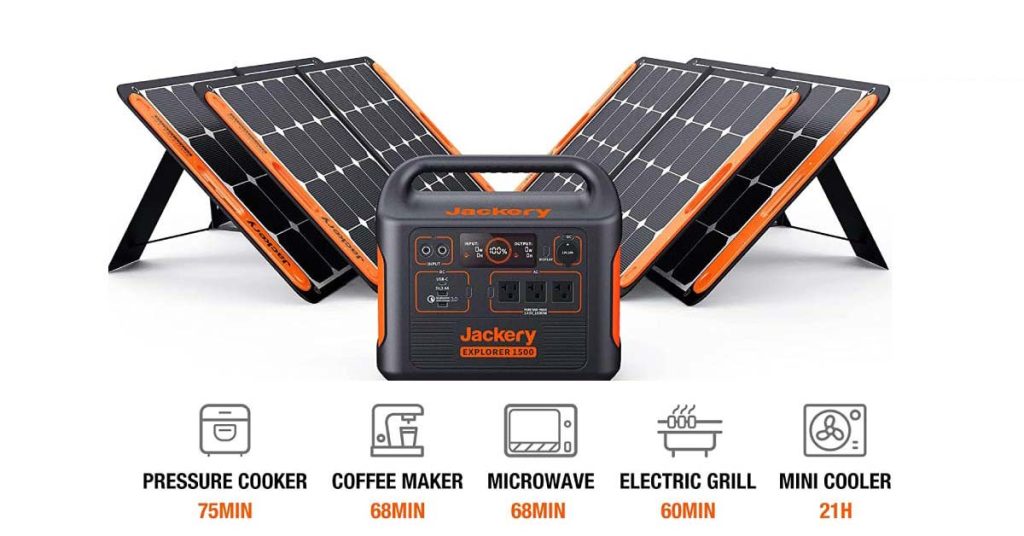
BEST FOR: Jackery 1500 is best for people who are looking for an RV and an Overlanding backup power source.
Honest Jackery 1500 Review
Out of all the power stations I have reviewed, I keep only a few for myself and Jackery explorer 1500 is one of them. My Jackery 1500 review is based on 9 months of usage in my travel trailer and RV.
The thing I like the most about this unit is that it is plug-and-play simple, versatile, and durable. It just simply works.
Explorer 1500 is the best Jackery has to offer. Compared to explorer 1000, it offers 50% added battery capacity, 80% more power output, and a fantastic user interface with minimum drawbacks.
Jackery Explorer 1500 is a super decent unique with 1800 running watts and a tone of AC DC outlets to choose from. It pretty much powers anything under 1800W at 120V (if needed).
It is the first model that charges faster than the others (explorer 500, and 1000). They typically charge in 8 to 9 hours, this one only takes 4 hours.
All the cables and goodies are provided in a bag and I must the quality of their accessories and the power station is the top-notch man. I mean it can’t get any better quality-wise.
The Design of Explorer 1500
The design of the Jackery 1500 is the same as the other units. It weighs at 15Kg which is not that heavy for outdoor use. The bottom feet are made of rubber to prevent the unit from slipping or scratching the surface.
The orange material on the opposite sides is your air vents. It has huge air vents to cool down the unit in any hot and humid conditions.
It also has a bright 5W LED flashlight which will run for eternity considering the 1534Wh capacity.
The LCD display is bright and clearly visible on a sunny day. It shows battery percentage, how many hours are left until it is drained, and input and outgoing power.
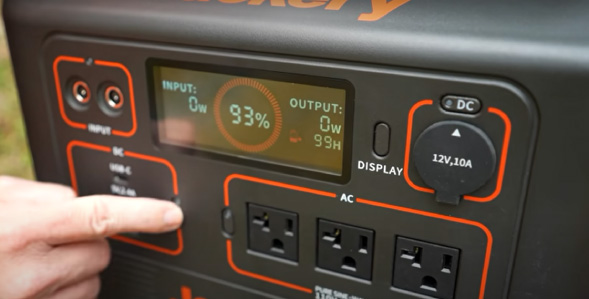
Jackery explorer also features physical buttons for each section. Suppose you want to switch to AC inverter power, there is a button to do so.
The only problem I have with the design is the port selection. I got no clue why they went with only 2 USB-A and 1 USB-C port.
It should at least have 3 USB-A ports and 2 USB-C ports. The 3 AC ports are close together. My camera battery takes a larger connector so it covers two ports which is a problem if I want to charge my drone batteries.
How Do You Charge a Jackery Explorer 1500?
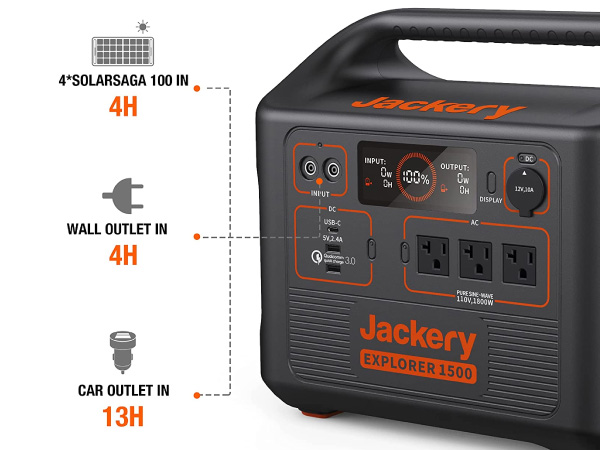
There are three ways you can charge this unit like other Jackery models.
AC Charging from the wall:
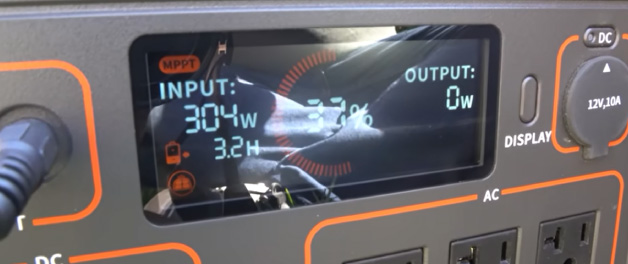
A lot of people are getting one thing wrong which is making them feel disappointed.
Jackery explorer 1500 can accept 500W of AC input using its AC charging brick, but most people only get 260 to 262W because they are charging from only one charging brick.
This unit has 2 charging ports, you have to use two charging bricks to get to 500W. It will take around 3.1 to 3.2 hours to charge up to 100%.
Solar Charging:
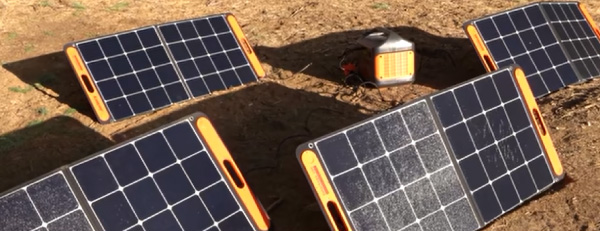
This unit can accept 400W of solar input which will take 4.2 to 4.3 hours to charge up to 80% depending on the weather condition. This device only accepts SolarSaga panels and you are gonna need 4 of them.
There is no MC4 adapter so you will be unable to use your solar panels.
Car Charging:
Using the 12V car outlet, it will take around 13 hours to fully charge this unit. I used this method when I was on a road trip for 4 days in my truck. I was powering my Dometic mini-fridge while it was being charged.
Load Test
Jackery models are always up to the mark and the explorer 1500 is one of the top models. During my tests, I found the system is more than 80% efficient which is excellent.
For the load test. I connected a 1500W heater and a 300 heat lamp. I was able to get 1798 running watts without any problem.
I connected another 250W heat lamp and I was able to get 1989 running watts before the system shut off due to overload.
It passed the load test with flying colors.
What Appliances Does Explorer 1500 Will Run?
Based on my tests, Jackery 1500 will be able to run the following appliances.
| Mini-cooler | 21.4 hours |
| PS4 console | 63 hours |
| Coffee maker | 71 minutes |
| Electric stove | 67 minutes |
| Microwave Oven | 65 minutes |
| RV refrigerator | 18 hours |
| TV | 22 hours |
What is The Performance of Jackery 1500?
It offers 500 cycles at 80% and it has all the typical safety features you would want from a power station.
Although it says the operating temperature is between -10 to 40C, I have used it in an area where the temperature gets as high as 45C. I was in my RV of course.
At low temperatures (around -5), the unit was unable to charge until the temperature reaches 3C. I have faced these issues twice. Jackery needs to step up their game.
I have used this device in many ways including car camping, truck camping, Overlanding, and RV. So far it hasn’t disappointed me.
12V DC charging works well even if your vehicle is not putting out 12V. Unlike most power stations, this unit can take as low as 6V.
Another pro of this unit is that it is very quiet. Only under extreme loads, the fans will kick so it’s kinda perfect for camping.
The main point about the performance is it is so reliable. Jackery takes pride in the quality of its products. Even under the wear and tear of the rough roads, the quality and the performance never deplete.
The biggest con of this device is that it doesn’t allow you to use your panel like the competition. Four 100W solarsaga panels will cost you around $1000 to $1200 which is very expensive. You can easily get a 400W panel for $300 to $400.
My Jackery 1500 review is not sponsored by Jackery so all the pros and cons are based on my tests.
Should I Buy Explorer 1500?
If you are looking for a backup power source for car camping, trucks, and panels, and if you can afford 400W Solarsaga, you should purchase a Jackery Explorer 1500 solar generator. The quality of the product is top-notch it is reliable and durable. The cons are it has fewer AC/DC outlets, and you cannot use your solar panels for charging.
What I Like
What I don’t

Alex Black is a seasoned electrical engineer with a remarkable 8-year track record specializing in appliances, generators, and transfer switches. With extensive hands-on experience in the field, Alex possesses a deep understanding of electrical systems and their intricate workings. Throughout their career, Alex has consistently demonstrated expertise in designing, troubleshooting, and maintaining various electrical appliances.


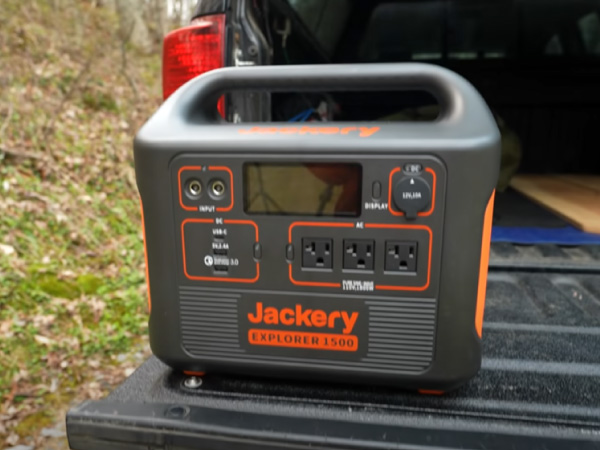

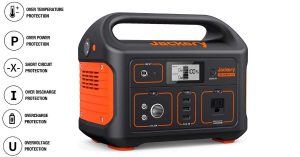




Liked your findings, however using two bricks would increase the input To 520W (2 x 260). Is this a problem? Would it overload the 1500 Jackery?
Hey Greg,
No, it will not be a problem. I have tried it.